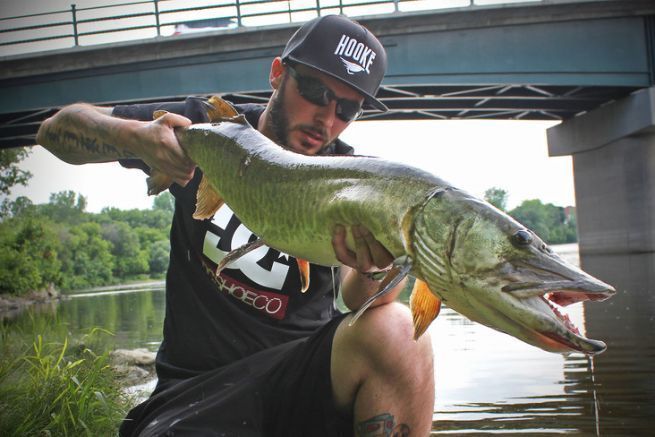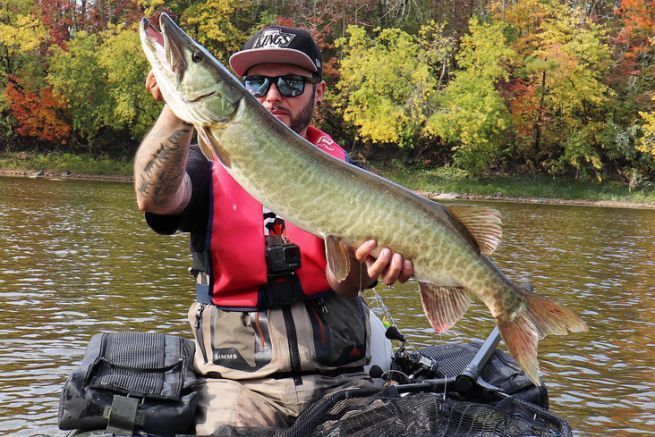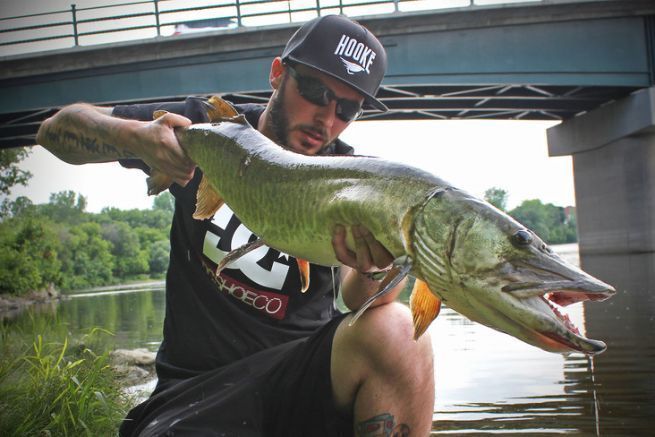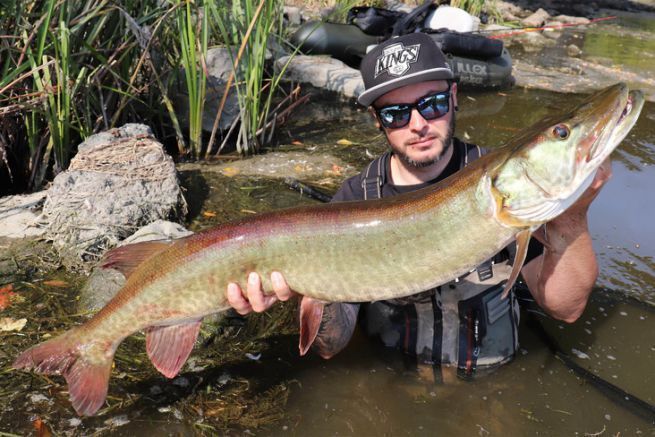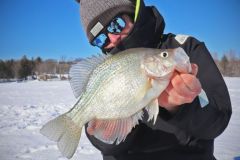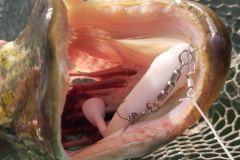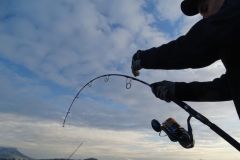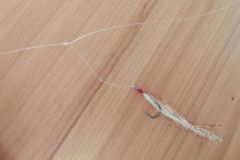My encounter with the muskellunge
During my first sessions in search of muskellunge, I approached it like pike, given its similarity to the latter. As a result, I used mostly Texan rigged shads, which is one of my favorite techniques for pike in weed filled environments. On muskie, it also works well, except that I could see that its reputation as a follower was not false and with this type of lure, I often had fish that followed without attacking. The famous "figure 8", which consists in drawing a figure 8 with the rod tip at the very end of the animation allows to trigger attacks. However, with a Texan rig, they rarely result in a quality strike.
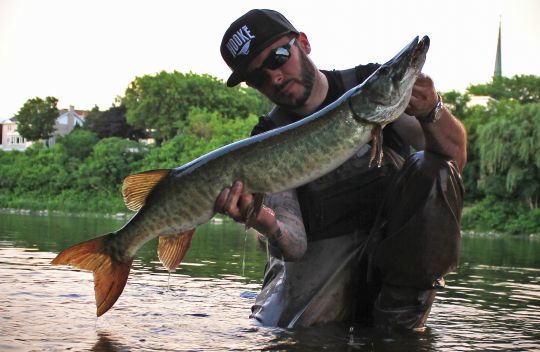
His reputation as a follower
Muskellunge have a reputation for following lures without attacking. Several suppositions as for its behavior are imaginable. Among them, I tend to think that it positions itself behind its prey to be out of its field of vision and to get closer to it. Thus, he can observe it and wait for the most inconvenient moment to attack it. The figure 8 seems to be the element that triggers the attack, as if the fish is waiting for its prey to come in the wrong way before attacking.
Why wait until the end of the animation?
In any case, given this behavior, I think that the use of lures in linear is likely to cause a lot of follow-ups. As I said in the previous article, local fishermen fish mainly with trolls and considering the behavior of muskellunge, I can't imagine the number of fish following for the number of hits. This is perhaps the reason why trolling is so widely used when talking about this species. This technique allows you to increase the surface explored and the number of fish approached, and among all the fish that will follow, some will eventually attack. Now that I could observe this behavior myself, which is not a legend, I had to act to counter this phenomenon and encourage the fish to attack well before the lure leaves the water. The continuation, tomorrow, in a new article.

 /
/ 